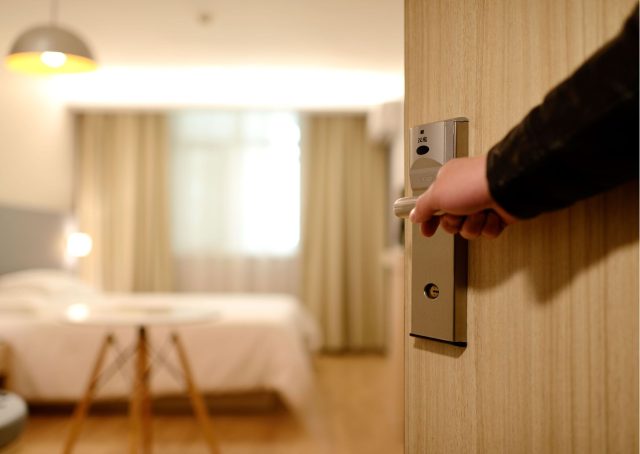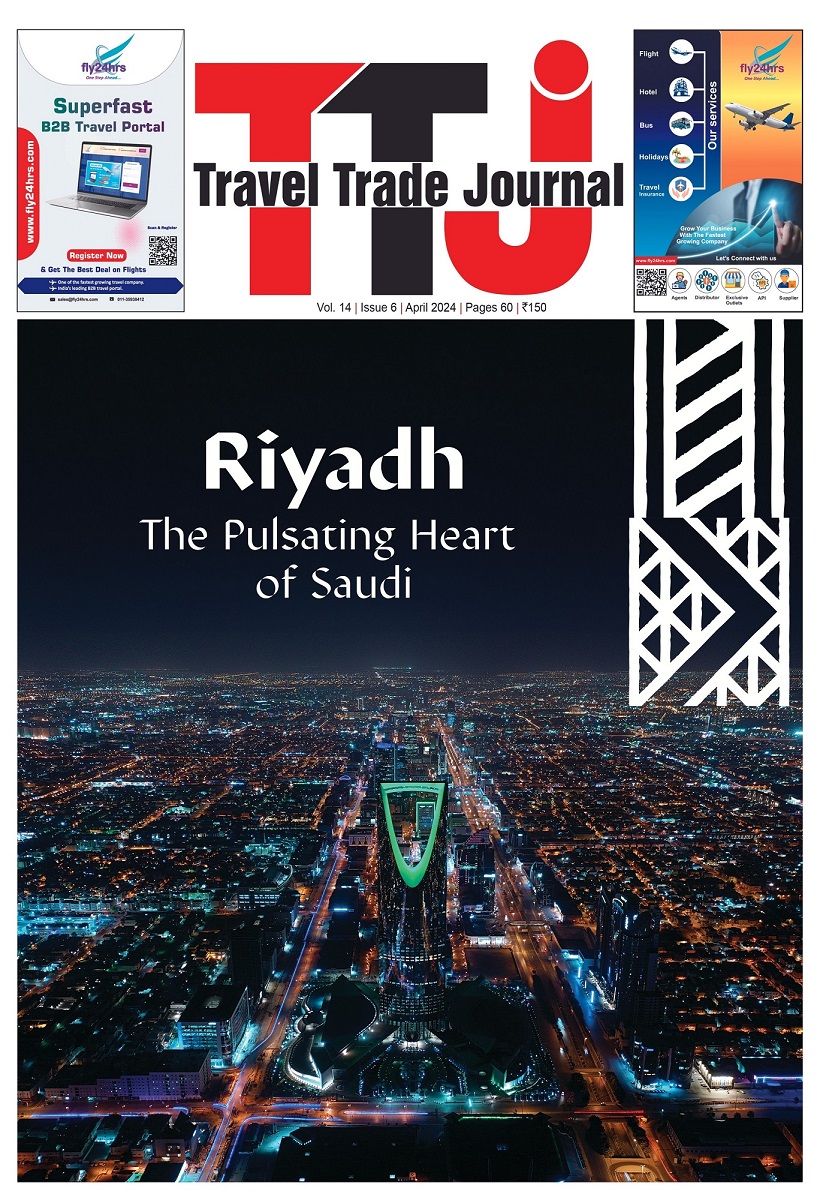Tier III cities with resort locations in India have seen the strongest recovery amid a recovery in leisure tourism. This has allowed these locations to achieve higher average rates than they originally did before the pandemic, according to a new report from consultancy Hotelivate.
The company’s 2022 Indian Hospitality Trends and Opportunities report states that the revival in hotel demand in the June quarter was exceptional and businesses exceeded their pre-pandemic performance. India has about 150,000 branded hotel rooms and the months of July and August have seen some of the best performances hotel companies have seen in multiple markets, the report said. The survey was conducted in 1,364 hotels, 53 businesses and 152,000 rooms in 238 cities and 174 brands. It added that business is resilient in all markets, particularly as leisure locations continue to outperform urban markets; The demand for city hotels has also increased. The return of international travel will continue to benefit the industry in the coming months.
Average room rates have increased marginally from 2020-21 due to the price sensitivity of the Indian consumer. Despite the strongest revenue growth per available room, five-star hotel average rates in India are still below their peak year of 2007-08 when five star hotels sold at an average rate of €11,200 per night. In fiscal 22, rates had fallen to €8,890 from €10,679 per night in the pre-pandemic year in FY20.
In the peak years of 2005-06, India’s overall hotel occupancy in all star categories reached up to 71.5 per cent. That number dropped as low as 34.5 per cent in 2020-21 when the pandemic hit. The figure has now recovered to 50.3 per cent. “In terms of nationwide occupancy, the industry has surpassed the 50 percent mark, with the national average price just a little below €5,000 in 2021-22. We’re poised to stick our necks out and forecast FY23 hotel occupancy will reach 68 per cent plus (revised from our original estimate of 64.9 per cent) and that nationwide average daily rates will be closer to that €5,700,” said Achin Khanna, Managing Partner, Strategic Advisory at Hotelivate, a hospitality consultancy.
From a cross-brand perspective, Indian Hotels Co. Ltd continues to be number one. Despite having the largest inventory in the country, Marriott ranks second due to its larger room-to-hotel ratio compared to IHCL. Interestingly, Khanna said they could see brands of Indian origin having a larger number of assets in the country compared to their international counterparts. Mumbai led India’s top 15 cities by number of average rooms per hotel. It has about 224 rooms in each hotel while Delhi has about 206.6 rooms per hotel. The hotels in Hyderabad and Greater Noida follow with 181.7 and 177.8 rooms respectively.
India expects to add about 59,238 rooms between 2022 and 2027. Of this, 6.4 per cent will be luxury developments and 27.5 per cent upscale hotels. Most hotels in India will be in Bengaluru with 20,824 rooms by 2027, followed by Goa with 11,054 rooms. Chennai will add 10,604 rooms by this year. Currently, Bengaluru has 14,022 rooms, Chennai has 9,763 and Goa has 8,244 rooms.
The report added that inflationary pressures, supply chain disruption and economic volatility have led to increases in hotel operating costs. In addition, high inflation has caused construction costs to escalate, which is also affecting hotel development. Construction input costs have increased by approximately 10 per cent compared to the previous fiscal year and are expected to increase further in 2022-23.
Source: The Mint


















































